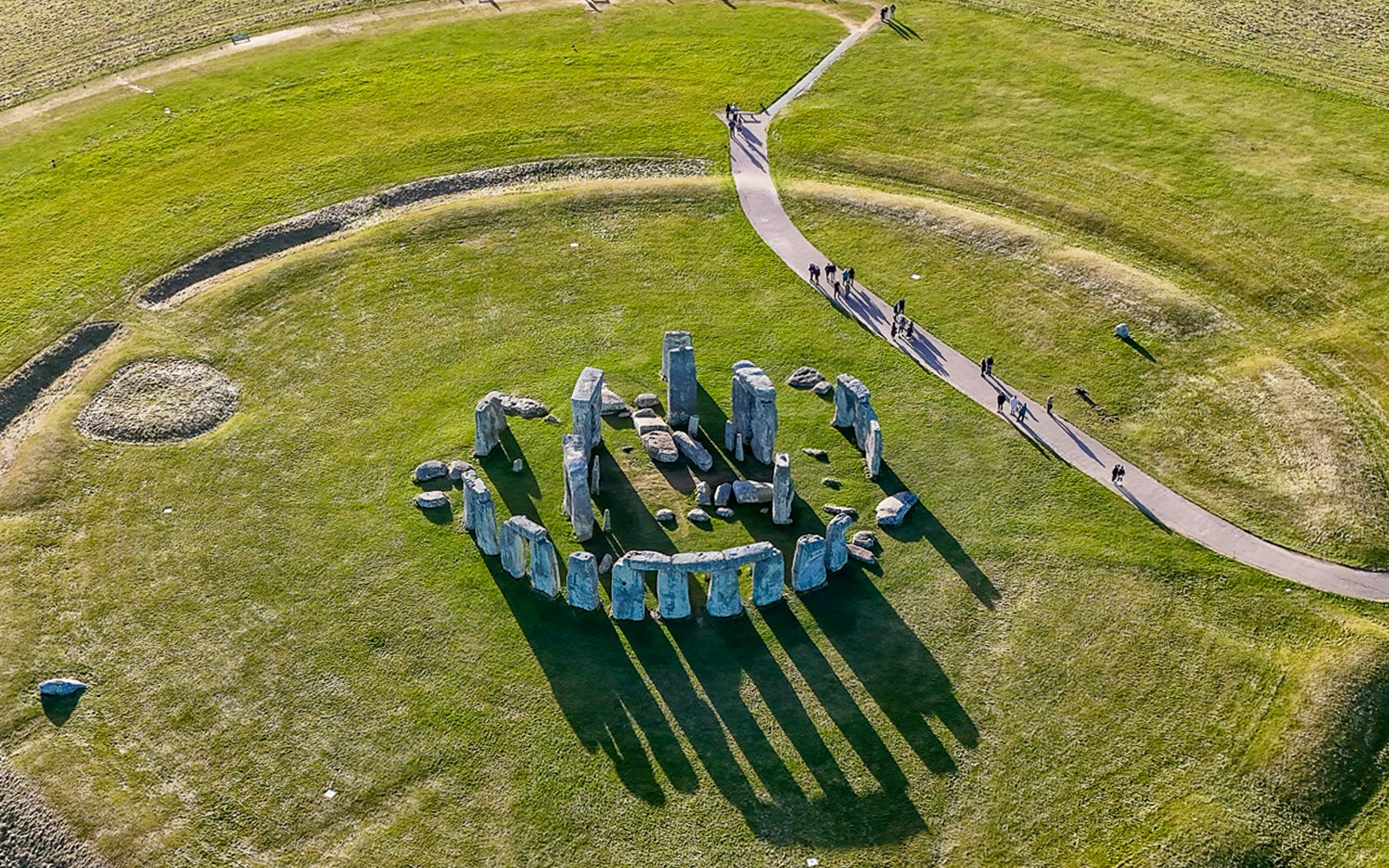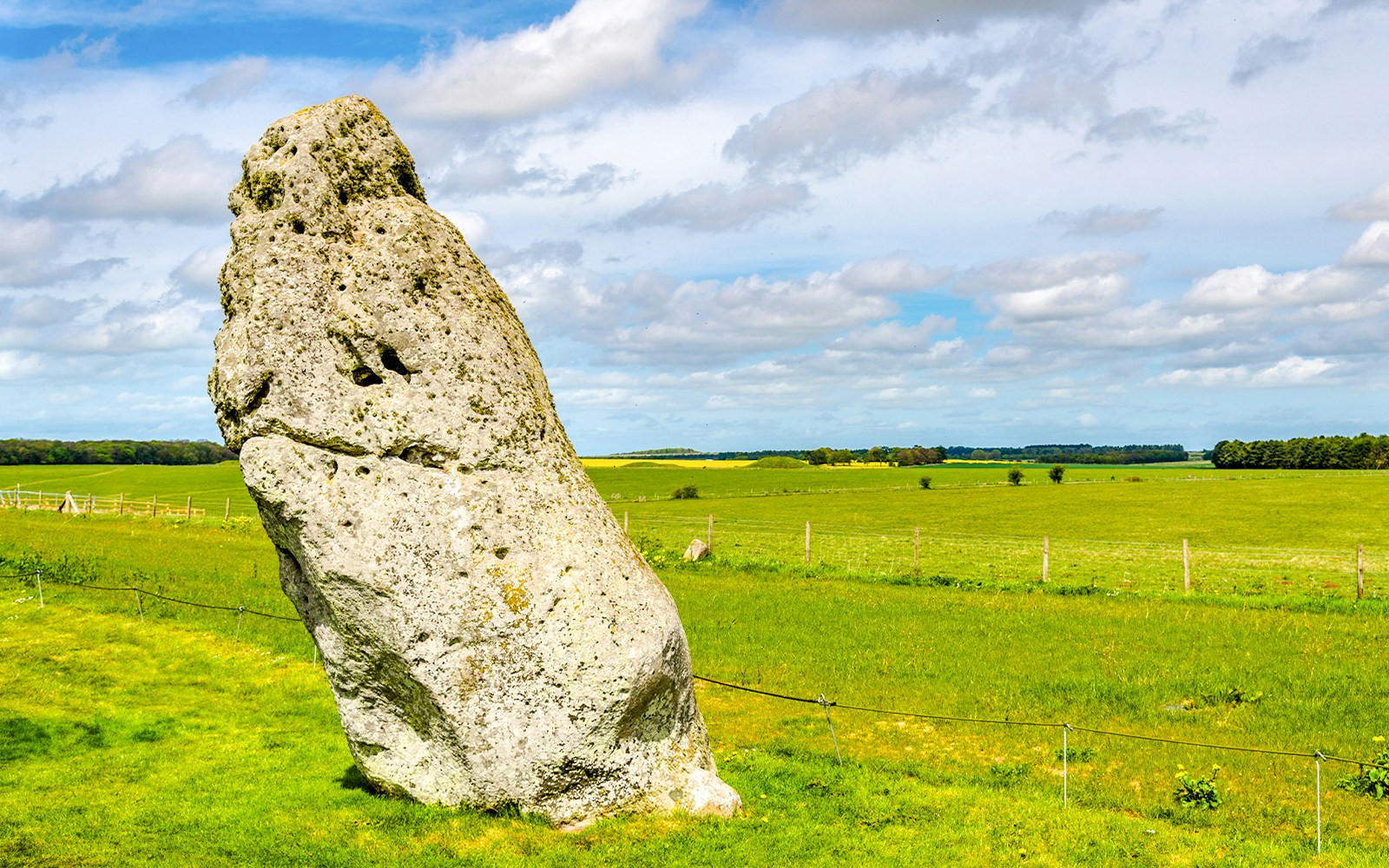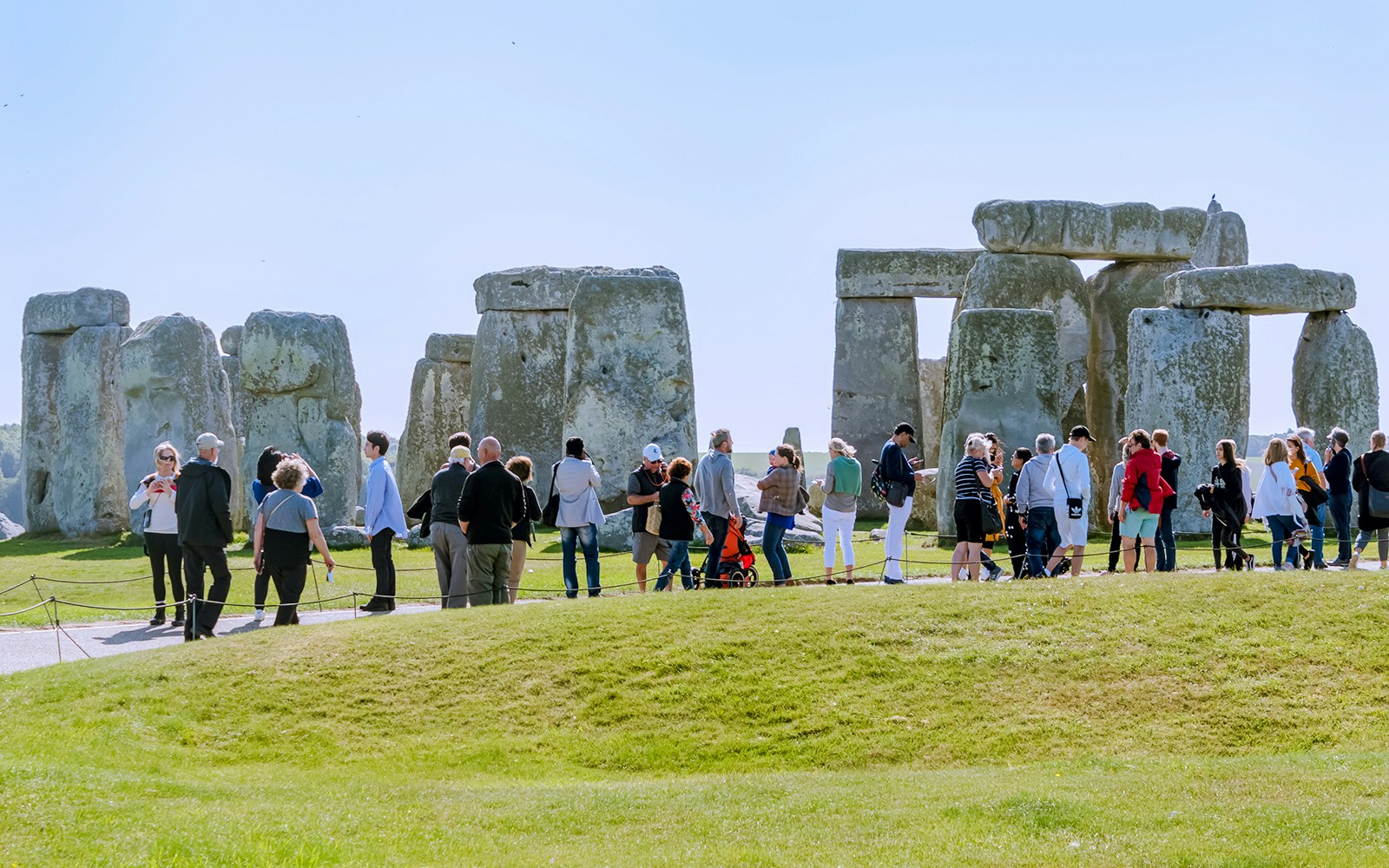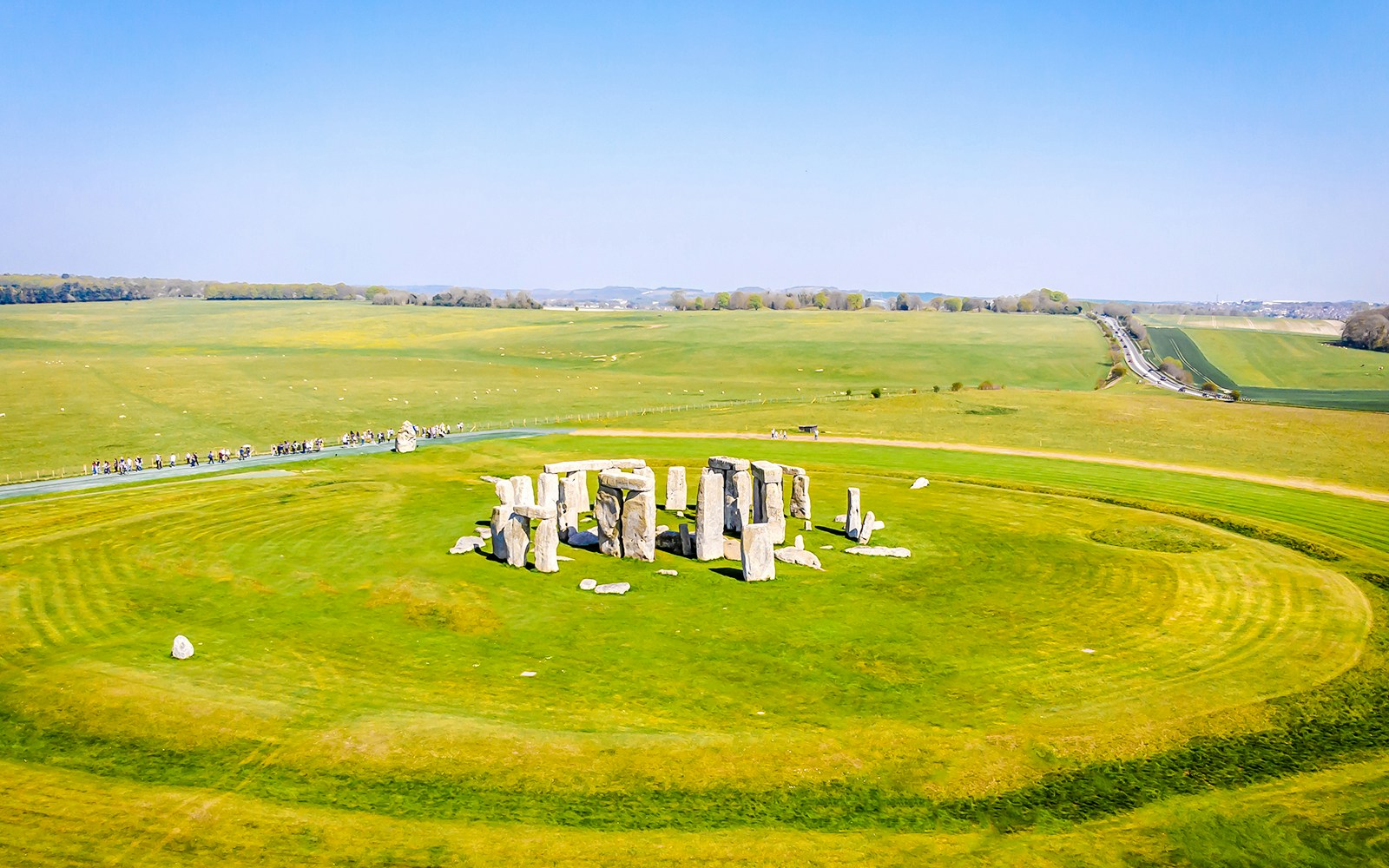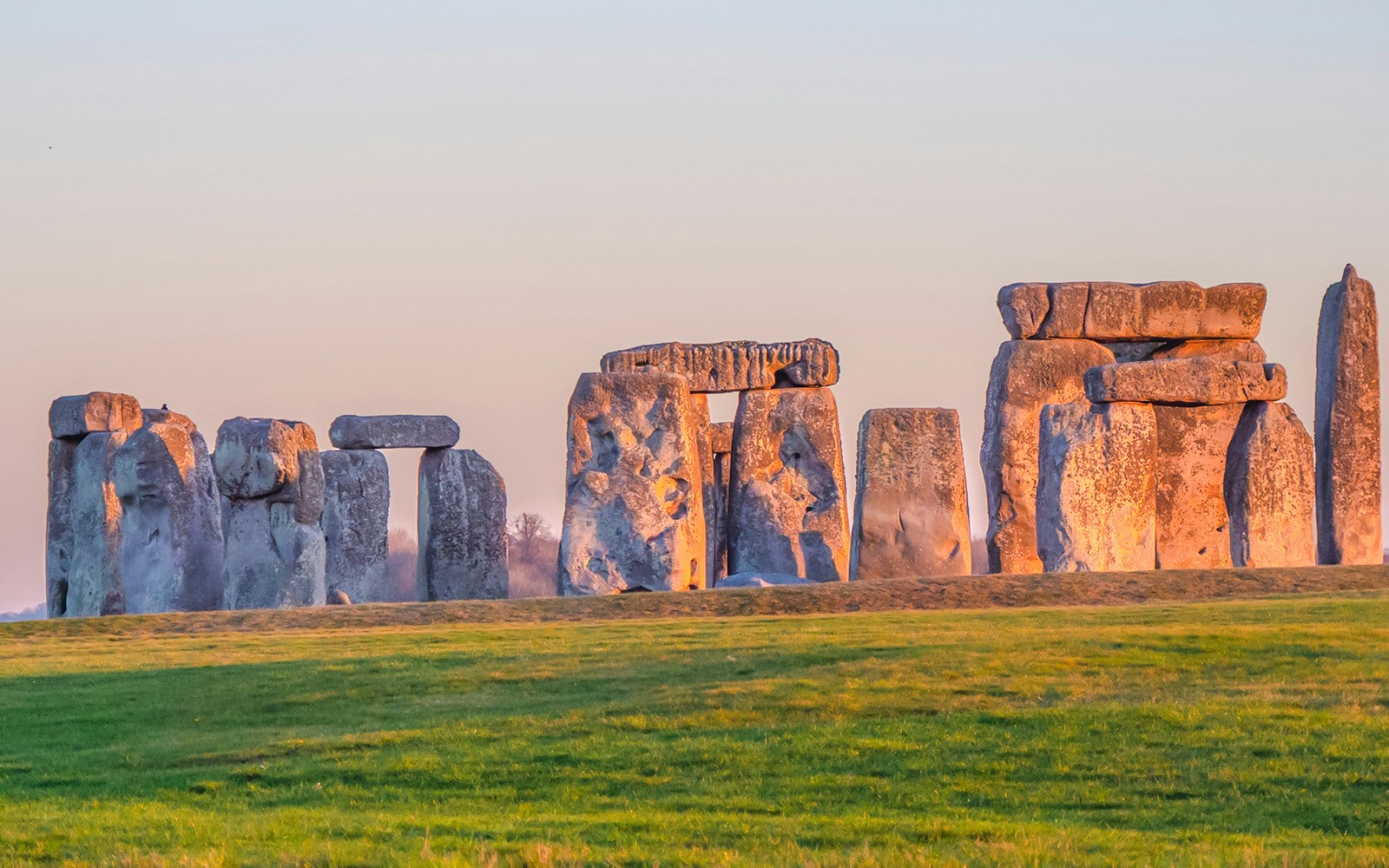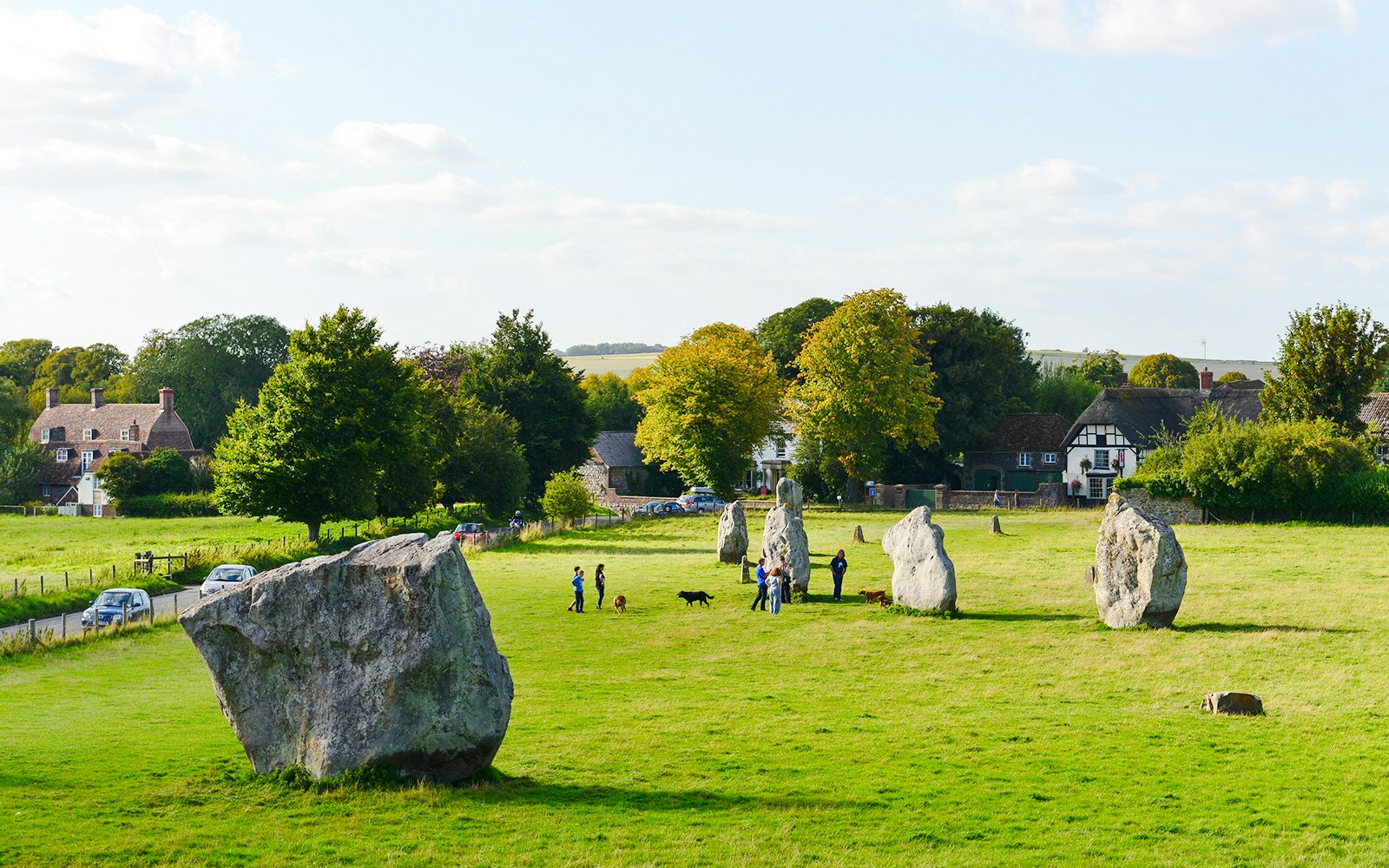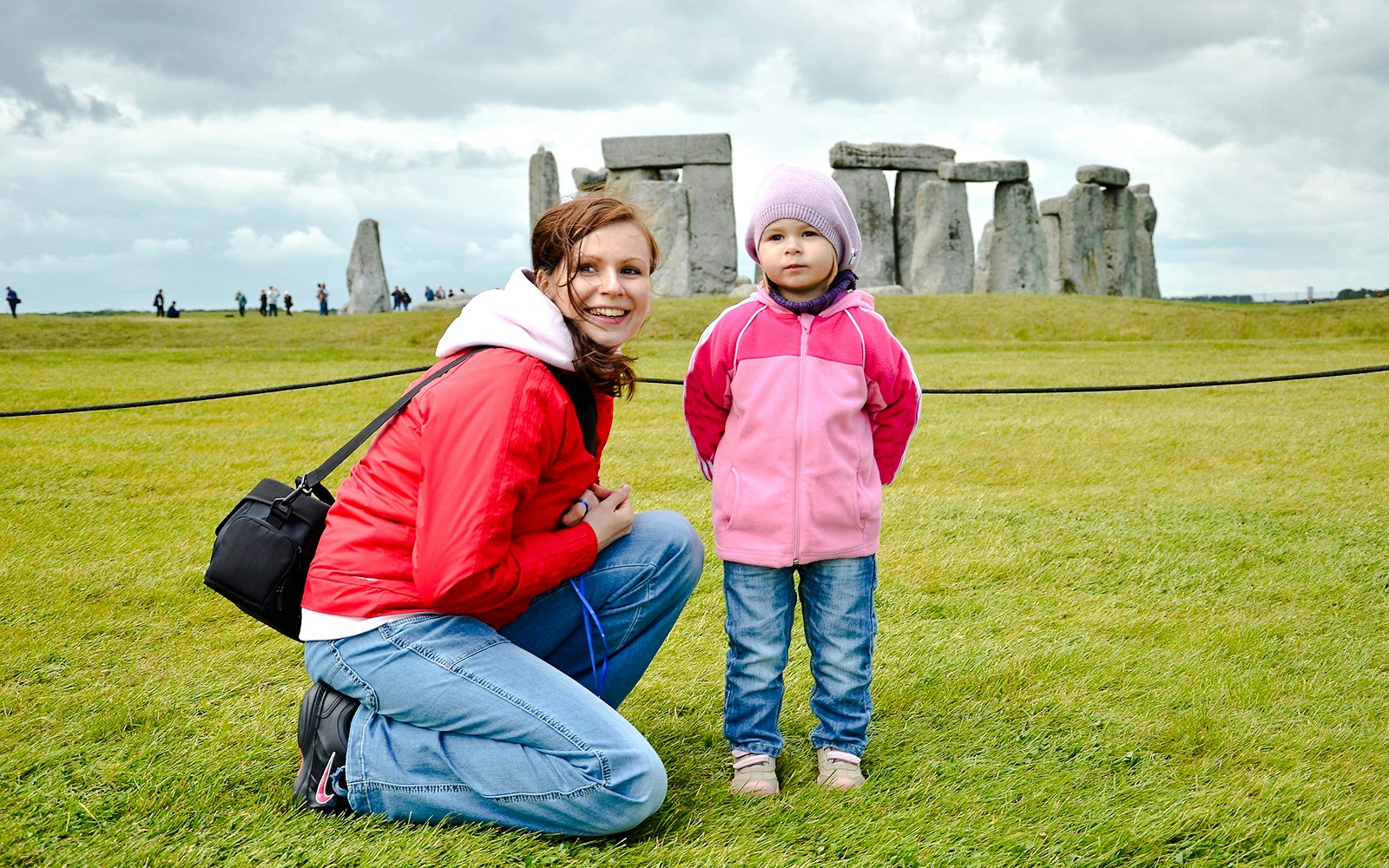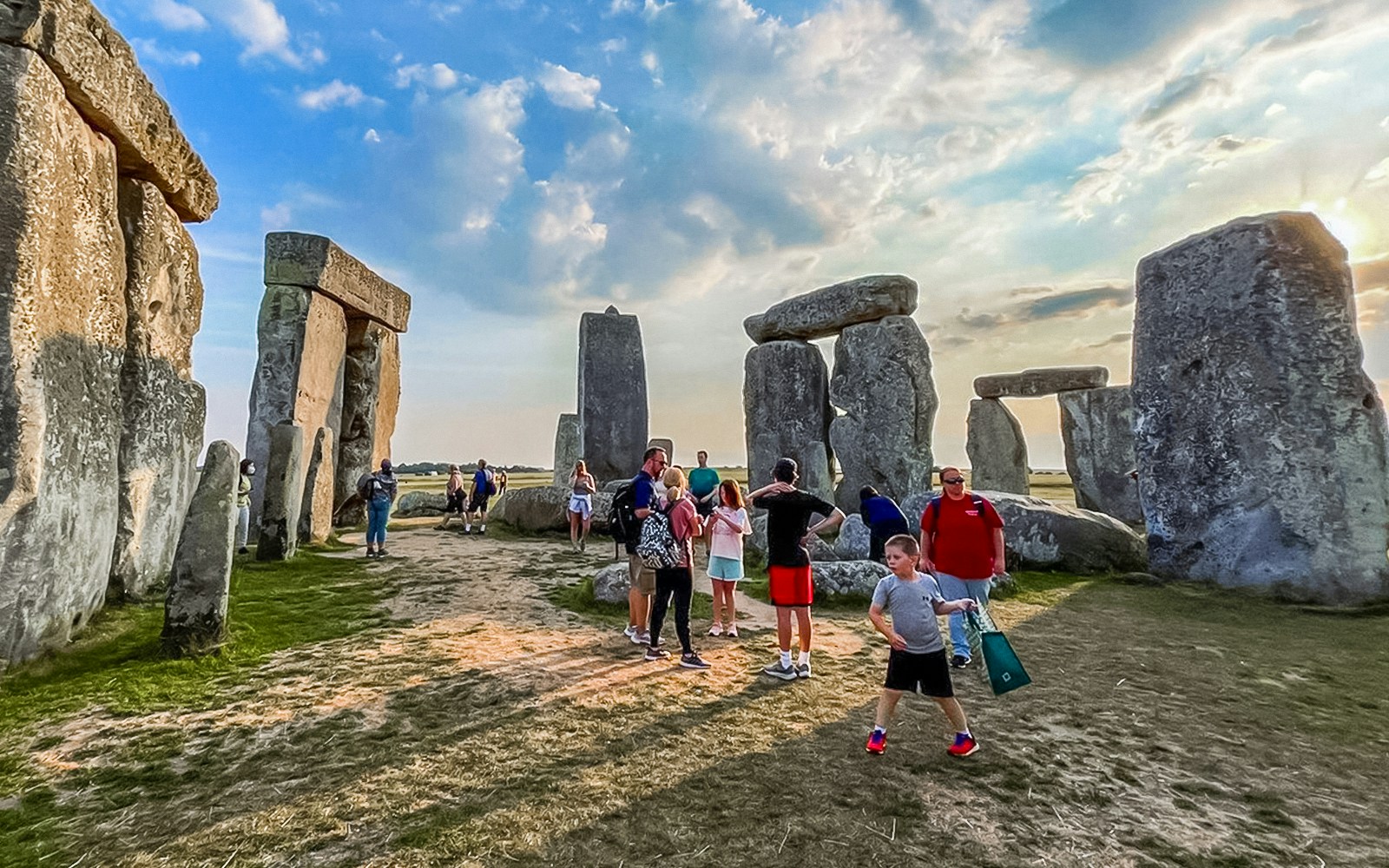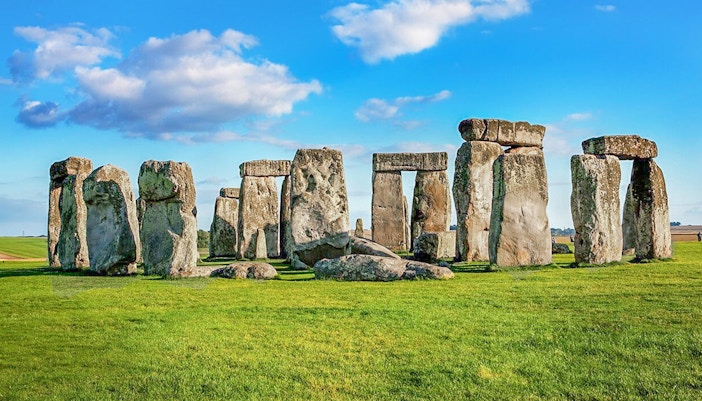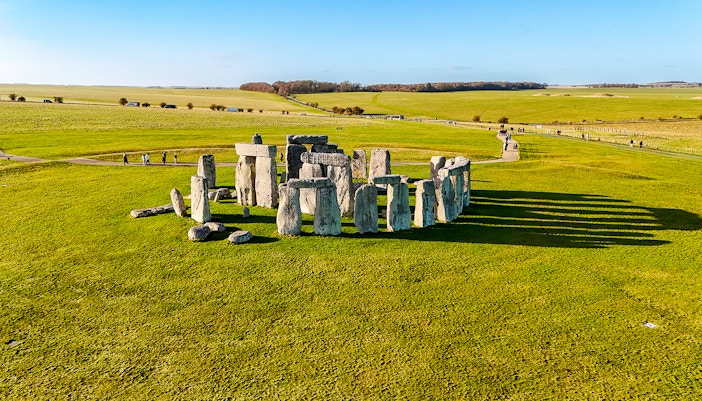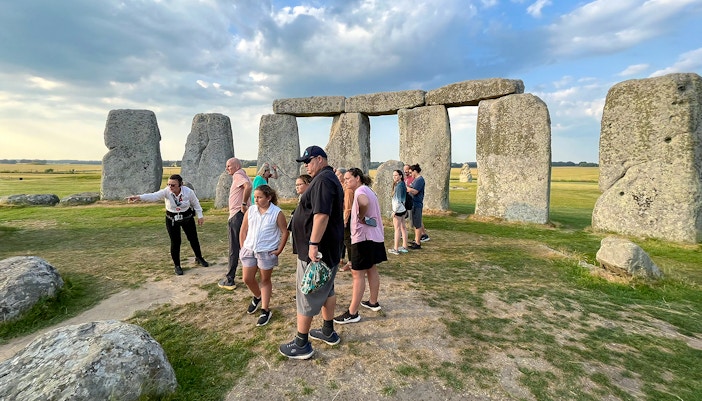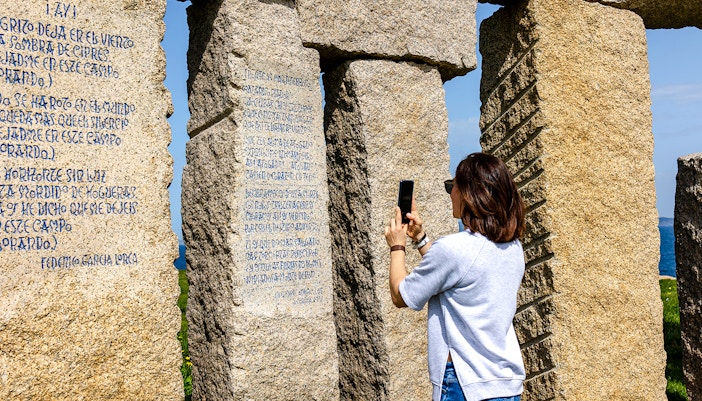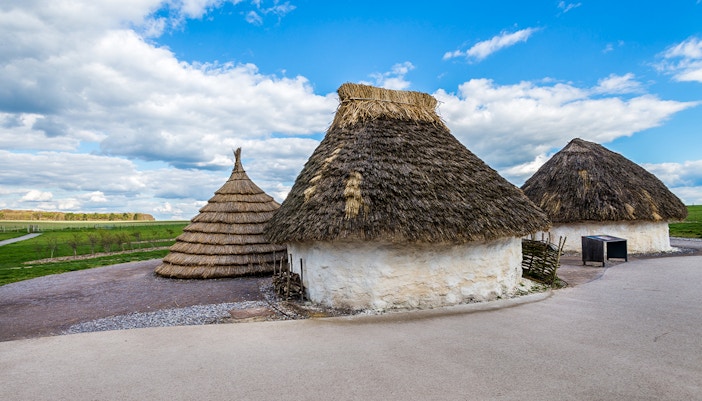Early farmers in southern Britain likely organized labor to build Stonehenge. Their growing communities, shared resources, and cooperation over generations enabled construction of the massive stones with careful planning and skillful coordination.
Early theories and myths
Merlin’s magic
Legends credit Merlin the wizard with conjuring Stonehenge overnight. This imaginative story reflects how people in the Middle Ages tried to explain incredible construction feats before any real scientific understanding existed.
Giants’ construction
Some folklore imagined giants lifting and positioning massive stones. These tales reveal how extraordinary ancient structures inspired myths linking supernatural strength to human achievement, filling gaps in understanding before archaeology emerged.
Roman intervention
Early historians speculated that the Romans built Stonehenge as a temple or observatory. Archaeology disproves this, but such ideas show how scholars attempted to connect famous civilizations to enigmatic structures.
Druid theories
In the seventeenth and eighteenth centuries, Druids were credited with constructing Stonehenge for rituals. While inaccurate, this idea influenced romanticized views of prehistoric Britain and its sacred sites.
Alien assistance
Modern myths suggest extraterrestrials may have helped with construction. While playful, these stories highlight how Stonehenge’s scale challenges understanding and invites imaginative explanations beyond human capability.
Ancient kings
Legends suggest kings commissioned the stones to display power and influence. Such tales attempt to explain monumental construction by attributing it to authority figures or rulers.
Healing powers
Some stories linked Stonehenge to magical healing, claiming stones could cure illness. This shows how people attributed mystical qualities to ancient monuments to make sense of their purpose.
Celestial alignments
Certain myths claimed Stonehenge was designed to communicate with the heavens. Alignments with solstices inspired awe, reinforcing mystical interpretations before the development of scientific study.
